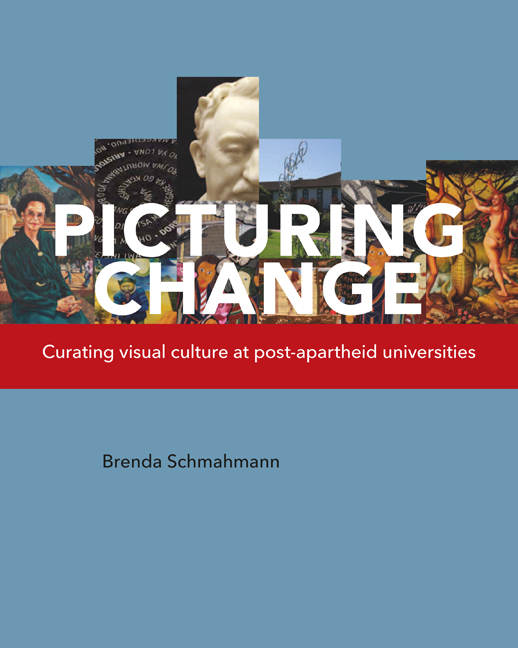Summary
Midway through 2010, I was appointed to chair a working group at Rhodes University that had been established to deal with some issues concerning the display and management of art at the institution. One of our responsibilities was to identify a new locale for the portraits of university officers that were then in the council chamber – a brief that was difficult to fulfil because of the lack of university venues in which they would be afforded some visibility but not also be vulnerable to theft or vandalism.215 Another of our responsibilities was to identify new art for the council chamber and in this instance, we were able to devise a project which received enthusiastic acceptance from all sectors of the institution.
Towards the end of 2010, the university agreed to the working group's proposal for a Rhodes University Tapestry which would explore the history of the institution in all its complexity. The new acquisition was hung on 22 October 2011. It was made by the Keiskamma Art Project, which was established in 2000 by medical doctor and Master of Fine Art graduate Carol Hofmeyr, in the town of Hamburg in the Eastern Cape. Embroidered by a number of women associated with the project, the work is comprised of four panels, which together measure 22 metres in width. Each panel is densely worked. Embroidery is stitched directly onto the hessian support, and on pieces of coloured cotton cloth that have been appliquéd onto the hessian.
The drawing of the motifs for the Rhodes University Tapestry and the supervision of the embroiderers was undertaken by leader and primary designer within the project, Noseti Makubalo, who – in collaboration with Hofmeyr – devised its narrative. While the Keiskamma Art Project was responsible for conceiving the imagery, their choices were discussed with members of the working group (which included historians Paul Maylam and Jeff Peires). A series of calls for ideas were disseminated electronically to the university's staff, students and alumni, and written suggestions and reference images provided by individuals from these groups were made available to the Keiskamma Project.
- Type
- Chapter
- Information
- Picturing ChangeCurating visual culture at post-apartheid universities, pp. 225 - 243Publisher: Wits University PressPrint publication year: 2013



